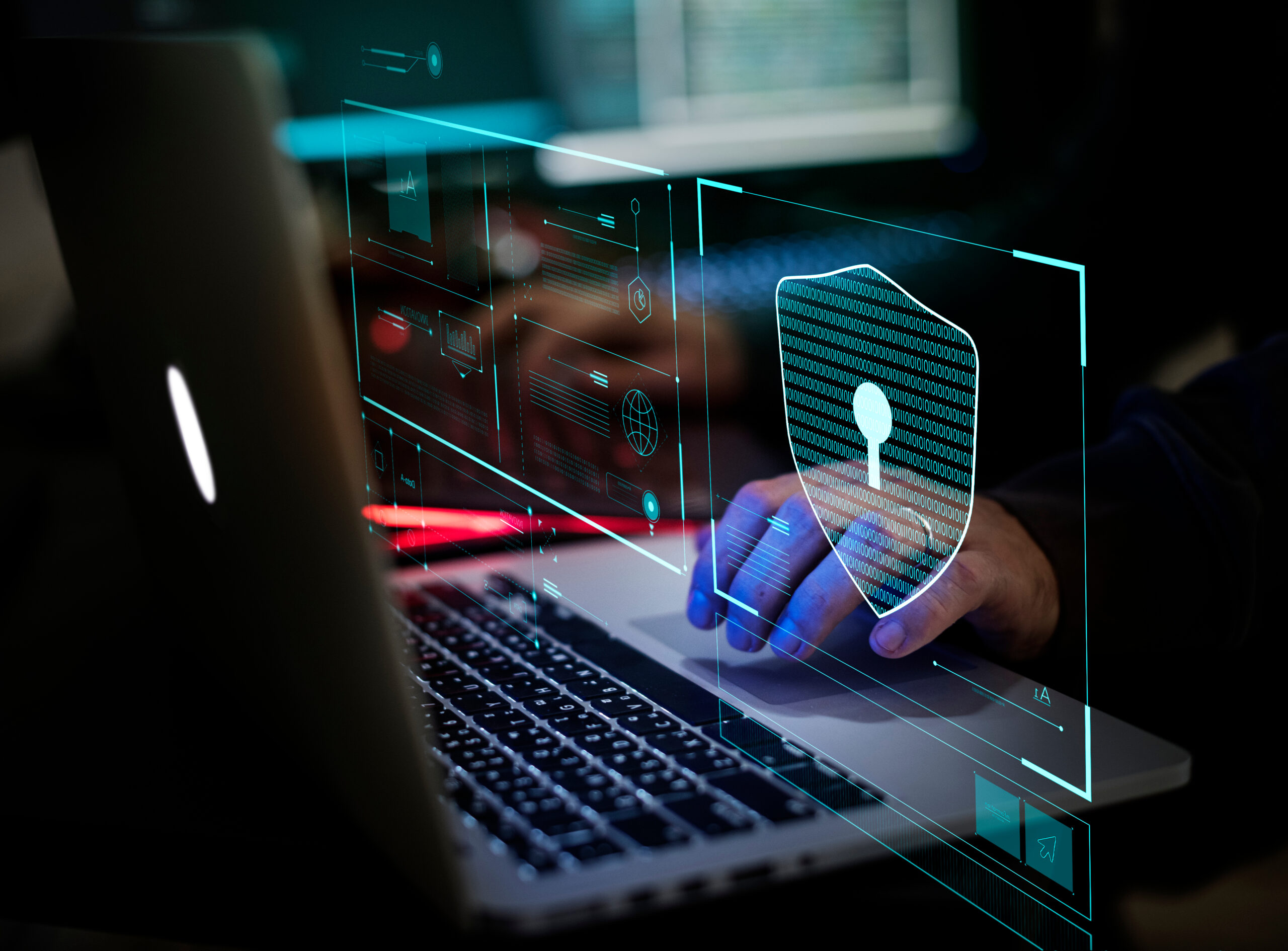The landscape of work has undergone a seismic shift with the advent of remote work, a trend accelerated by recent global events. This transition has not only changed where we work but also how we protect the digital realms of our professional lives. Cybersecurity, once a concern primarily for IT departments in office settings, has now become a critical issue for individuals and organizations navigating the complexities of remote work. Here’s how to ensure robust cybersecurity in this new era.
The New Challenges of Remote Work
Increased Attack Surface: Remote work expands the digital perimeter of an organization, creating more opportunities for cyber threats. Personal devices and home networks often lack the same level of security as office environments, making them more vulnerable to attacks.
Phishing and Social Engineering Attacks: The isolation of remote work can make individuals more susceptible to phishing emails and social engineering tactics. These attacks have become more sophisticated, often masquerading as legitimate communication from employers or colleagues.
Data Security and Privacy: Ensuring the confidentiality and integrity of sensitive information has become more challenging. Employees accessing company networks from various locations can inadvertently expose data to unsecured networks and potential breaches.
Strategies for Enhancing Cybersecurity
Implement Strong Authentication Measures: Encourage or mandate the use of multi-factor authentication (MFA) for accessing company networks and systems. MFA adds an extra layer of security, significantly reducing the risk of unauthorized access.
Secure Home Networks: Employees should be educated on the importance of securing their home Wi-Fi networks with strong passwords and encryption (WPA2 or WPA3). Additionally, using a virtual private network (VPN) can encrypt internet traffic, protecting data in transit.
Regular Software Updates and Patch Management: Keeping software and systems up to date is crucial for protecting against known vulnerabilities. Automated updates or regular reminders can help ensure that employees’ devices are always running the latest security patches.
Phishing Awareness Training: Conduct regular training sessions and simulations to educate employees about the dangers of phishing and social engineering attacks. Recognizing suspicious emails and knowing how to respond can greatly reduce the risk of successful attacks.
Endpoint Protection: Ensure that all devices accessing company data have updated antivirus and anti-malware software. Endpoint protection solutions can detect and neutralize threats before they infiltrate the network.
Data Encryption: Encrypt sensitive data both at rest and in transit. Encryption makes it much harder for unauthorized individuals to access or steal information, even if they manage to bypass other security measures.
Develop and Enforce a Comprehensive Cybersecurity Policy: A clear policy should outline the dos and don’ts of remote work, including guidelines for using personal devices for work, securing devices and networks, and reporting potential security incidents.
The Role of Leadership in Cybersecurity
Creating a Culture of Security: Leadership must prioritize cybersecurity and foster a culture where every employee understands their role in protecting the organization’s digital assets. Regular communication about the importance of cybersecurity and encouraging secure practices are key.
Investing in Cybersecurity Training and Tools: Providing employees with the necessary tools and knowledge to work securely from anywhere is an investment in the company’s overall security posture. This includes access to VPNs, anti-malware tools, and ongoing education about cybersecurity trends and threats.
Planning for Incident Response: Even with robust security measures, breaches can occur. Having a well-defined incident response plan ensures that the organization can respond quickly and effectively to minimize damage and recover from cyber incidents.
The Future of Remote Work and Cybersecurity
As remote work continues to evolve, so too will the cybersecurity landscape. Organizations and individuals must remain vigilant, adapting to new threats and embracing innovative solutions to secure the digital workspace. The future of remote work security will likely include advancements in artificial intelligence (AI) and machine learning (ML) for threat detection, the widespread adoption of zero trust architecture, and increased regulation around data protection and privacy.
The era of remote work presents both opportunities and challenges for cybersecurity. By understanding the unique risks and implementing comprehensive security strategies, organizations can protect themselves against cyber threats in this new digital frontier. It’s a collective effort that requires participation from every employee, supported by strong leadership and a commitment to fostering a secure online environment. As we navigate this era, let’s embrace the responsibility to fortify our digital defenses and safeguard the future of work.
